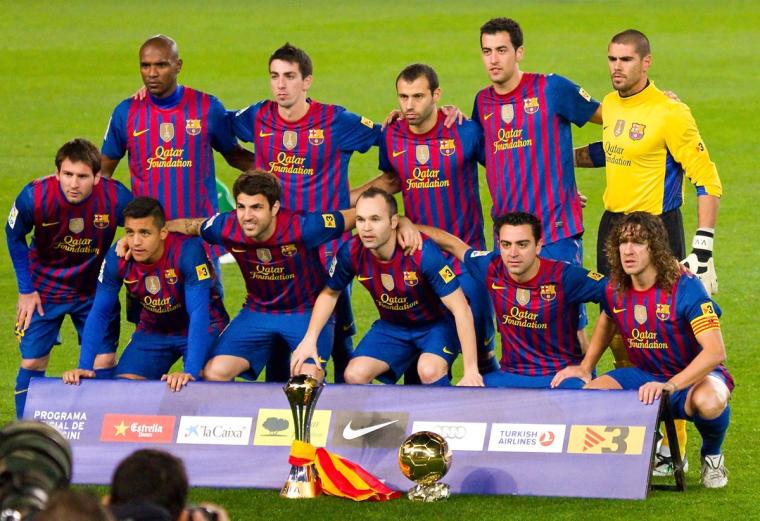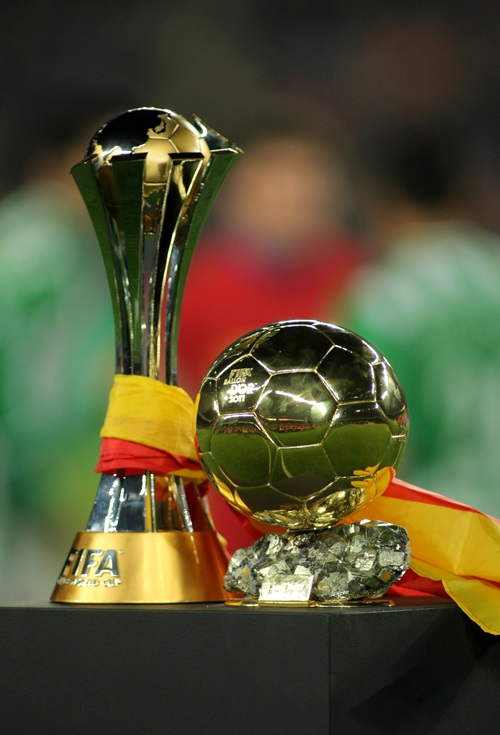
Well, at least the USA is happy about the 2025 FIFA Club World Cup; after all, it’s supposed to be staged here from June 15 to July 13, so yes, the stateside soccer community is excited, as is the sports tourism industry. The rest of the world, not so much.
In fact, “not excited” may be an understatement because the tournament is being expanded, and athletes are beyond upset. FIFA is actually being threatened with legal action for “pushing players “beyond their limits, with significant injury risks” by expanding its competitions.
According to Associated Press, “World players’ union FIFPRO and the World Leagues Association want the event to be rescheduled and the international match calendar reformed over concerns about players’ welfare and their “fundamental rights.” It comes after a report by the union last year said 43 percent of World Cup players surveyed had experienced “extreme or increased mental fatigue.”
PFA joined its voice with FIFPRO to note that the scheduling of the Club World Cup between domestic seasons will force players back into action without the minimum three-week downtime written into all pro contracts. That has led to all organizations calling the tournament “illegal” and demanding that FIFA make a U-turn.
“I am not against new competitions; I am against the lack of time to recover year by year. This should change,” Manchester City manager Pep Guardiola told AP sources.
 FIFA, for its part, claims the dates will be “harmoniously aligned with the international match calendar” to ensure sufficient rest for players ahead of the start of domestic leagues. However, a significantly expanded tournament in 2025 means top players face three straight years of major competitions during the usual offseason, given the European Championship and Copa America are being staged in 2024 and the next World Cup is in 2026.
FIFA, for its part, claims the dates will be “harmoniously aligned with the international match calendar” to ensure sufficient rest for players ahead of the start of domestic leagues. However, a significantly expanded tournament in 2025 means top players face three straight years of major competitions during the usual offseason, given the European Championship and Copa America are being staged in 2024 and the next World Cup is in 2026.
It is planned that the Club World Cup will be held every four years after 2025. As it now stands, however, the Club World Cup will be staged in the middle of the European season.
While qualification is ongoing, some organizations have made it clear that FIFA will face the repercussions of what they are terming a high-handed decision made without transparency. Football365 states, “Premier League chief Richard Masters, PFA boss Maheta Molango and La Liga president Javier Tebas are spearheading a threat to boycott the competition over the unsustainable player workload.”
And it’s clear they’re not just blowing hot air. Molango told The Sun that he and other football chiefs have tried to talk to FIFA about the issue, but they’re refusing to take their concerns seriously.
Molango added, “Football is killing its own product. Those who run the game need to listen. If they don’t, then as unions we have a responsibility to the players to take action, and the legal route is the next step. “The governing bodies have had every chance to meaningfully engage with us on this, but they have failed to do so. Current player workloads are unsustainable. People are realizing the amount of games being pushed into the fixture calendar just don’t fit. This is a problem for the whole of football.”
Could he be any more blunt? Sure: “We will not play in your Club World Cup; you’re killing the game.”
In fact, says FanzWorld, if major clubs in Europe do not participate in the 2025 Club World Cup, it could lead to the cancellation of the event. (For those keeping count at home, that means the event stands to lose 12 of the 32 teams that could play, which translates into close to 40 percent of the playing field.)
U.S. Host Cities Not Yet Announced
And speaking of playing fields. Host cities have not yet been formally announced (which will surprise exactly nobody since FIFA is known for taking its time with this kind of information). However, says the New York Times, it is likely that most games will be played on the East Coast since “putting Club World Cup games in the eastern time zone will benefit television audiences in Europe, home to many of the clubs that stand a good chance of winning the trophy.”
Assuming European teams play.
There were a few other factors, according to the Times, which noted, “Organizers’ reasoning for limiting the tournament’s matches to the east coast was also influenced by the CONCACAF Gold Cup, which will take place simultaneously in the U.S. To avoid stadium and logistical issues between the two competitions, sources said that FIFA and CONCACAF have agreed to stage the Gold Cup on the U.S.’s west coast.
The Gold Cup, North America and the Caribbean’s biannual continental competition, will overlap with the Club World Cup from June 14 to July 6, 2025. One source said that CONCACAF and FIFA are collaborating to create “smart schedules” so that fans can easily enjoy both tournaments. The Club World Cup, meanwhile, will begin on June 15, and finish on July 13. Last summer, CONCACAF president Victor Montagliani told reporters that the two tournaments could overlap, but that Club World Cup and Gold Cup matches would not share kick-off times.”
But back to those sites for the Club World Cup. If we go by the 2026 World Cup site choices in the USA, and we narrow the focus to just those on the Eastern seaboard, we come up with Atlanta, Boston, Miami, New York/New Jersey and Philadelphia.
We’re leaving out, of course, Dallas, Houston, Kansas City, Los Angeles, San Francisco Bay Area and Seattle.
“With regard to the Club World Cup, some exceptions could be made,” notes The Athletic. “For example, it would make sense for MLS side Seattle Sounders, winners of the CONCACAF Champions Cup in 2022, to play at least one match at home.”
Of course, that’s assuming the tournament actually goes forward. SDM will continue to follow this developing issue.

